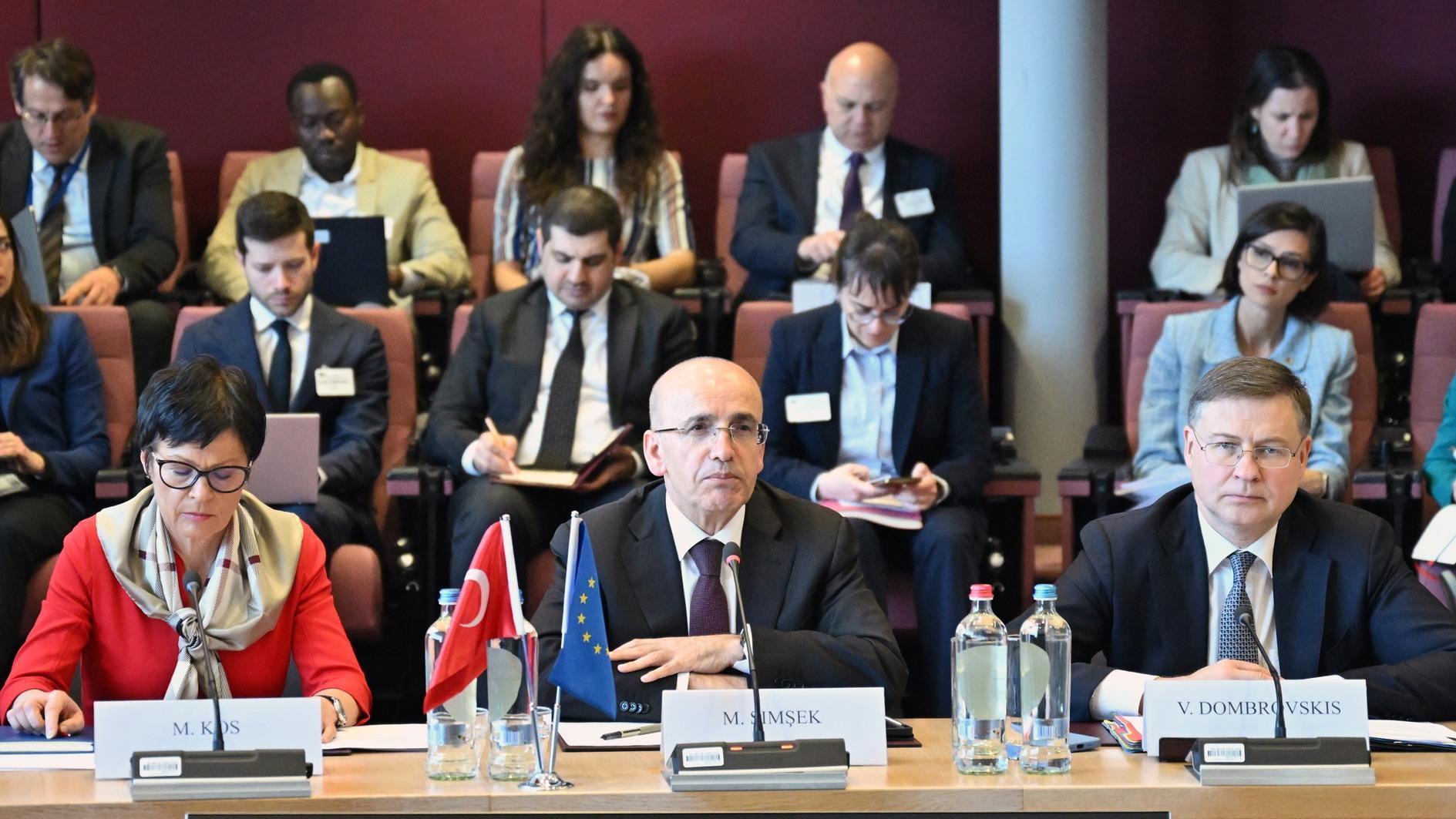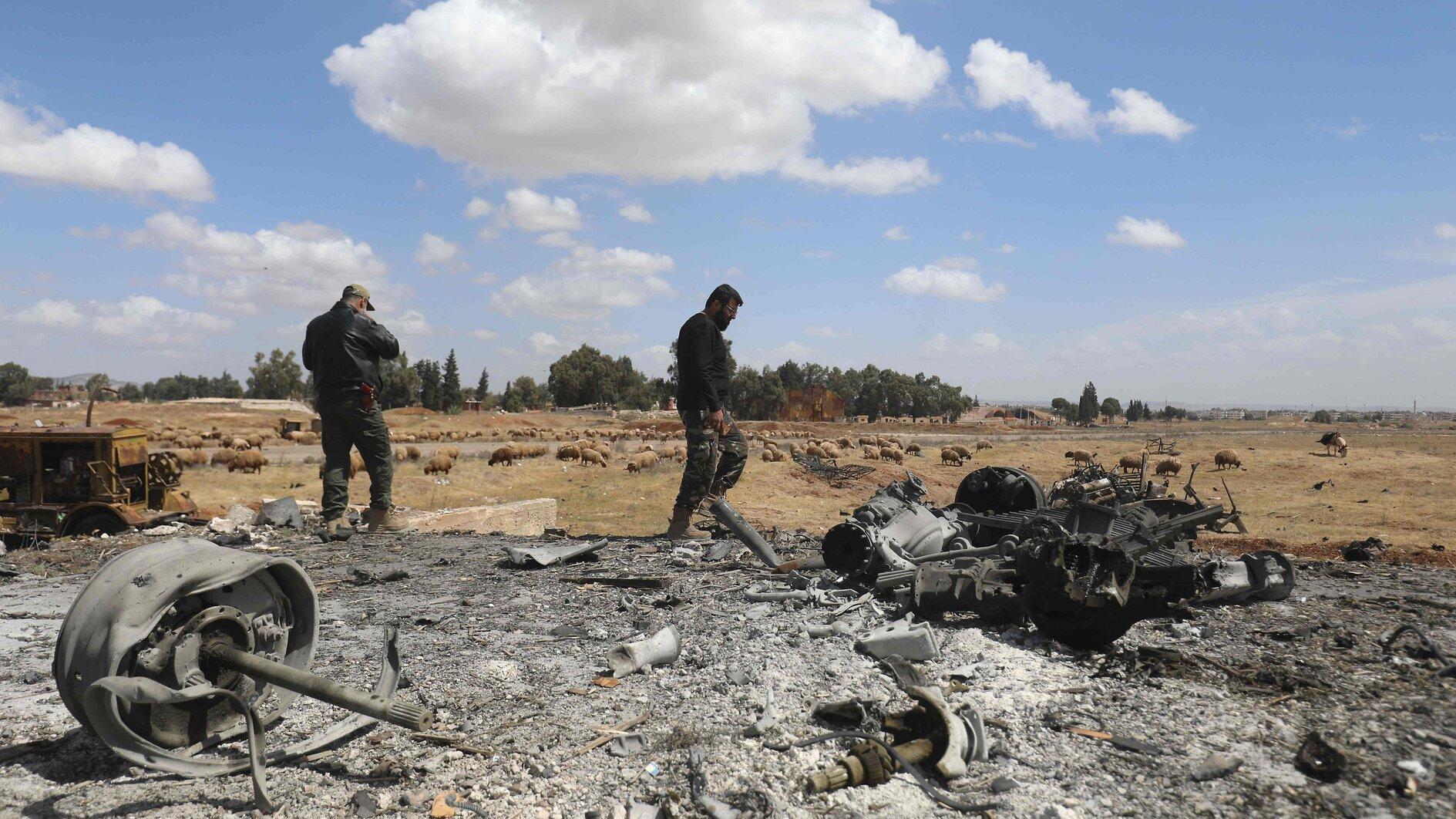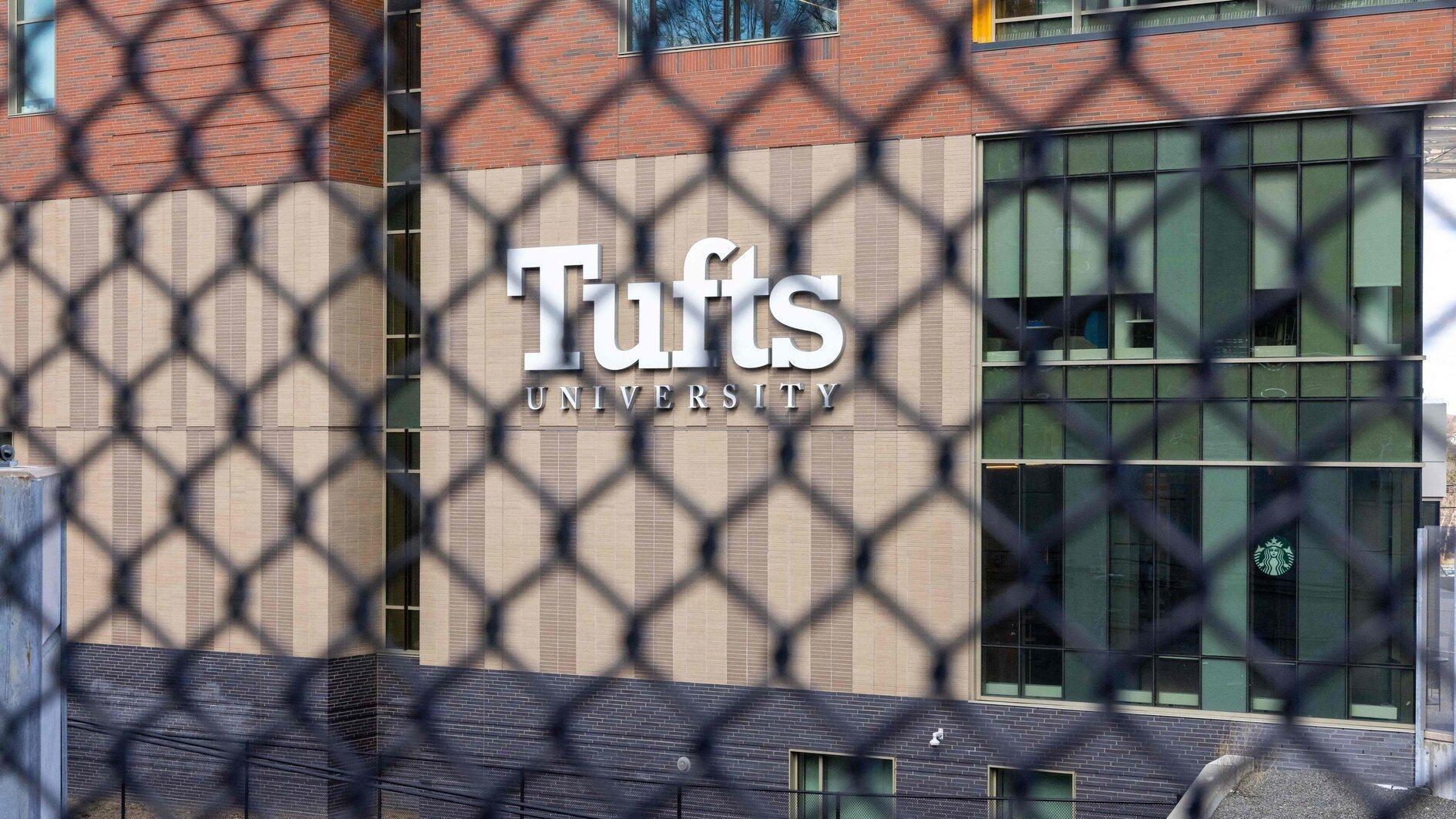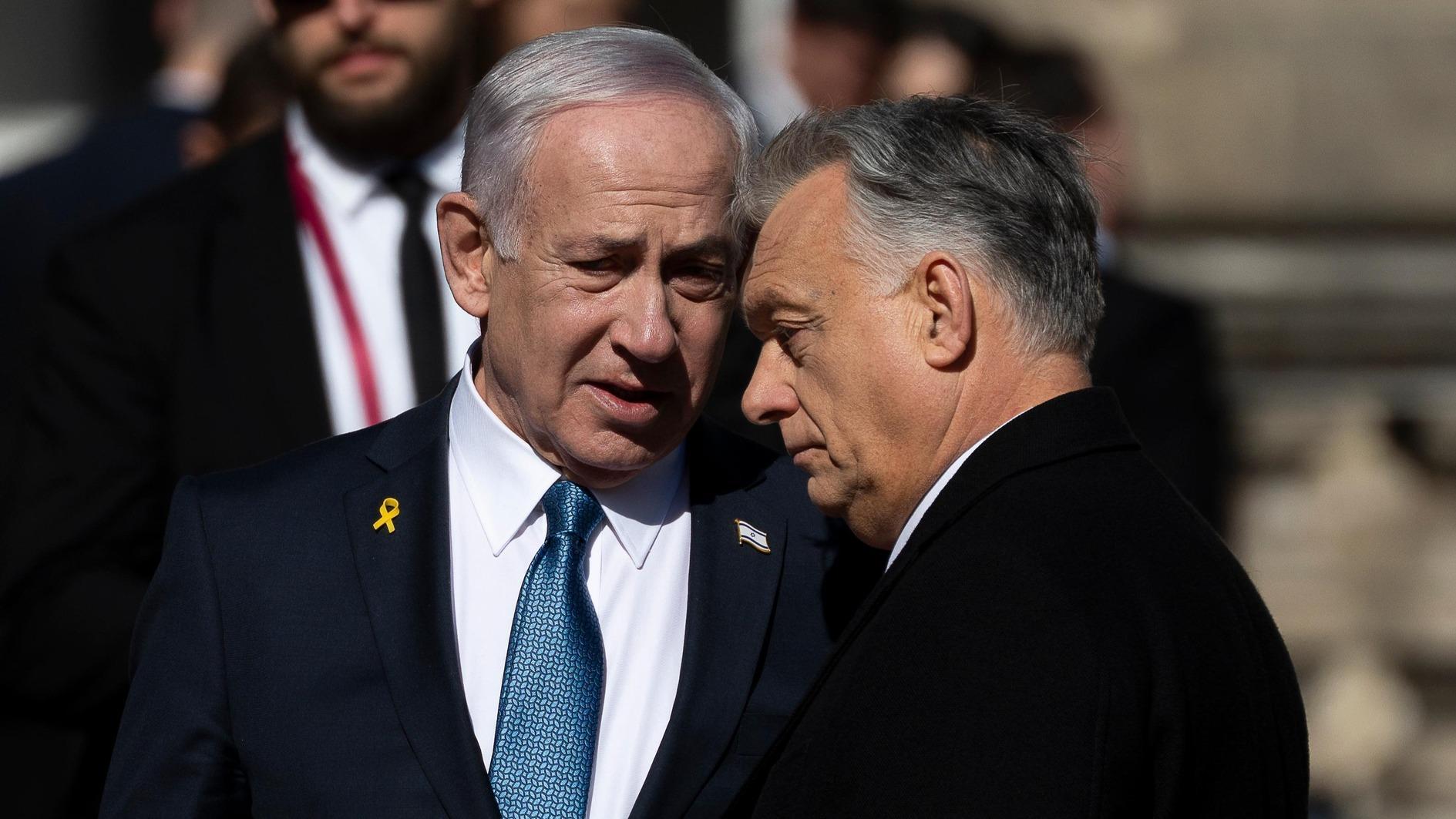Turkey, Russia’s Gazprom survey new pipeline route
ISTANBUL - Anadolu Agency

Energy Minister Taner Yıldız and Gazprom CEO Alexey Miller took off from Istanbul and flew along the Black Sea coast to evaluate the possible entry points of the proposed pipeline. AA Photo
Turkey’s energy minister and Russia’s Gazprom chief took a helicopter ride over the Black Sea to survey a possible route for the “Turkish Stream” pipeline.Energy Minister Taner Yıldız and Gazprom CEO Alexey Miller took off from Istanbul and flew along the Black Sea coast, continuing as far as Ipsala on the Turkish-Greek border, to evaluate the possible entry points of the proposed pipeline.
The two officials made it back to Istanbul by using a route over the Marmara Sea coastline to finish the four-hour flight.
Yıldız said a research committee would file a report on the first assessments of the pipeline soon, possibly by Feb. 10. The committee would consist of Gazprom members and Turkey’s Petroleum Pipeline Corporation, BOTAŞ.
“With the four-hour aerial tour, we had an opportunity to see how we can begin such a project in Thrace and explore the pipeline route,” he said. “We passed over some places two to three times as we tried to assess how we can work with environmental concerns in some agricultural areas, forests and wet lands,” he added.
Yıldız also said the negotiation process for the pipeline involved discussions over the price of natural gas from Russia for Turkey. “Turkey is sensitive about negotiations on the price of natural gas as much as it is about the realization of the Turkish Stream pipeline,” he said.
In December, Russia scrapped the South Stream project, which planned to carry gas under the western Black Sea to Bulgaria and further into European markets.
Russian President Vladimir Putin offered a new gas pipeline route via the Black Sea to reach Turkey’s northwestern Thrace region, dubbed the Turkish Stream, which would also involve a gas hub at the Turkish-Greek border to transfer gas further into Europe.
Yıldız added they had held a third meeting with the Gazprom committee over the gas price. “We are expecting to reach an agreement by next week,” he revealed.
Maros Sefkovic, vice president of the European Commission’s Energy Union, had previously remarked the Turkish Stream may create legal and economic problems. In response, Yıldız said there were always threats and opportunities when big projects were involved.
“We have those experiences from the Trans-Anatolian Pipeline, the Baku-Tbilisi-Ceyhan Pipeline and the Kirkuk-Yumurtalık Pipeline. These issues are multilateral, so it is normal to face some problems,” he said.
“The important thing is: if you have the will to overcome those problems. Turkey’s political will and stability is strong enough to solve those problems,” he added.
Kıyıköy might be entry point
Miller told The Anadolu Agency in an exclusive interview the possible entry point of the pipeline on Turkish land could be Kıyıköy, a small village in northwestern Turkey on the Black Sea coast.
He said the pipeline would go through Lüleburgaz and end up at Ipsala, a town at the Turkish-Greek border.
Miller said that the first phase of the project would provide around 16 billion cubic meters (bcm) of natural gas for Turkey’s own consumption. In the next step, the pipeline would bring 47 bcm of gas to the Turkish-Greek border, he said.
He also said the gas would begin to flow in December 2016, but did not give an exact date for the official agreement of the Turkish Stream. He also said they don’t expect to face any problems in terms of EU regulations.
“We took important steps over the price discussion on the natural gas that Gazprom wants to sell to Turkey, and we hope that we will come up with a solution in the near future,” he added.
















